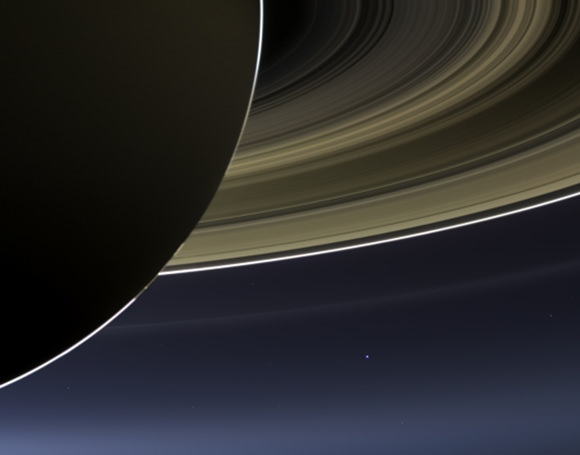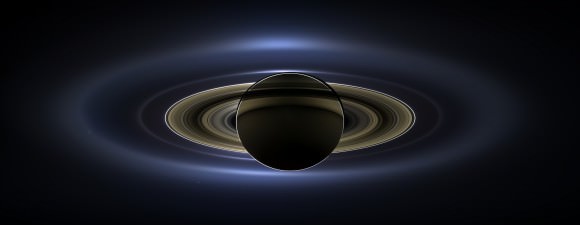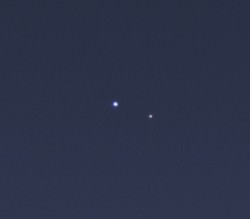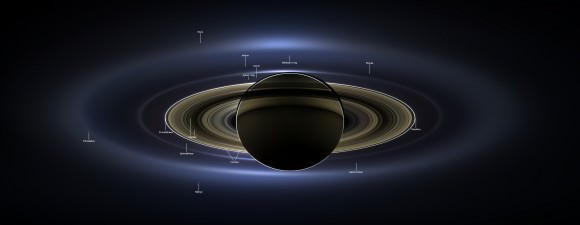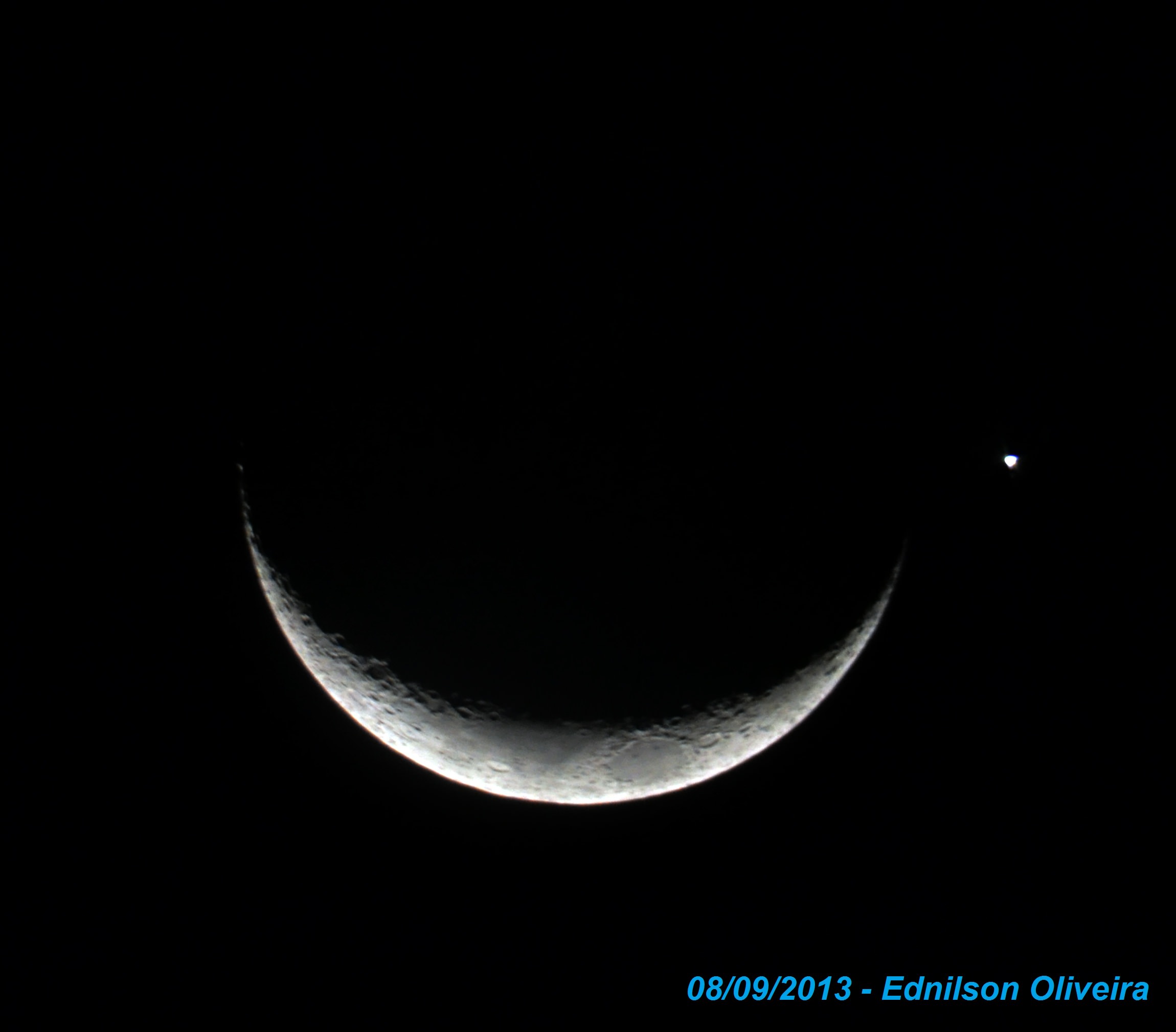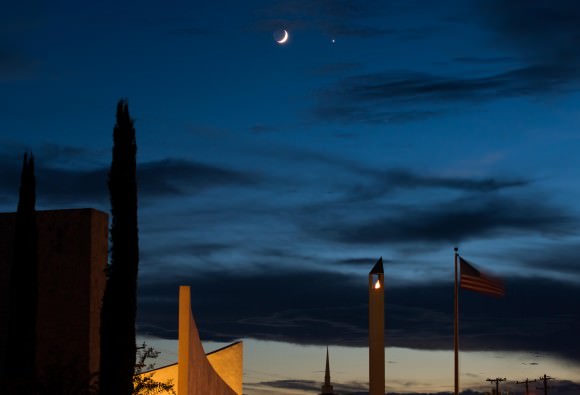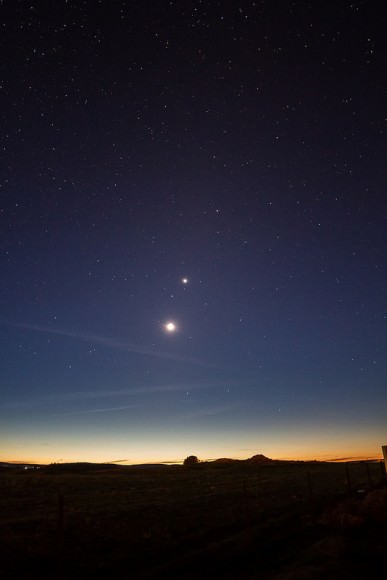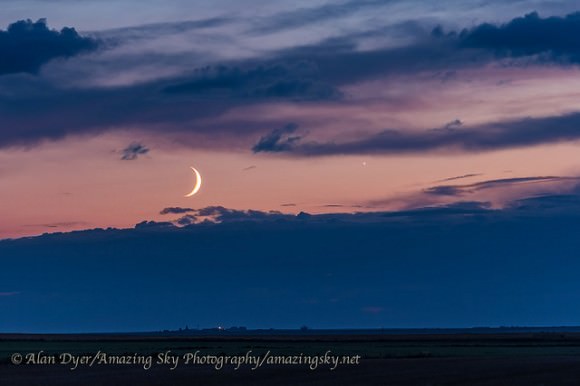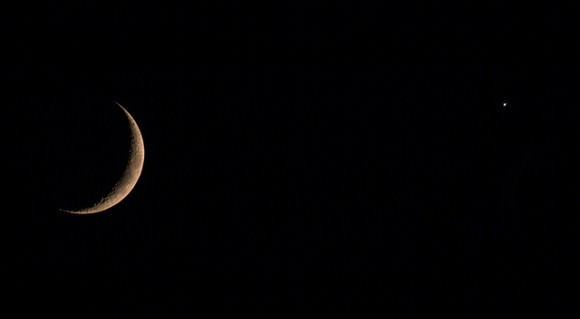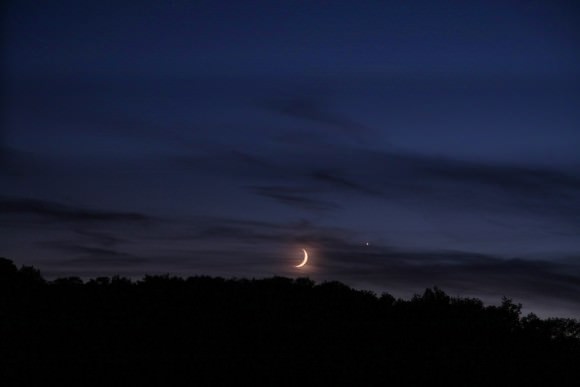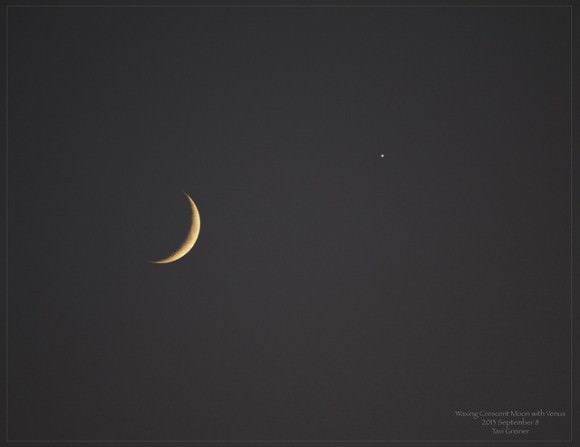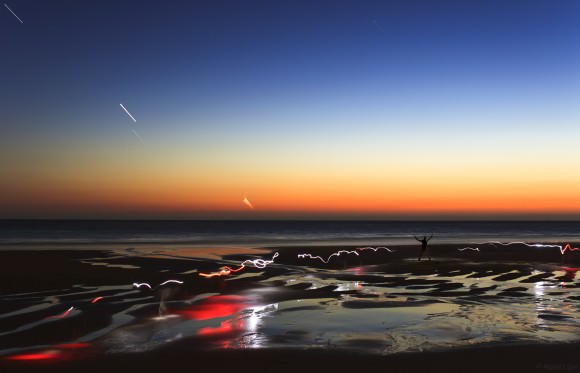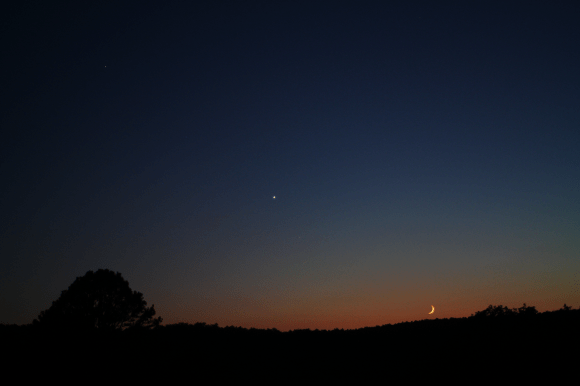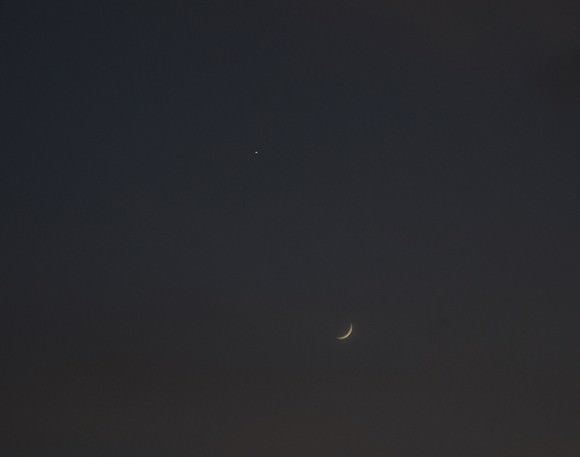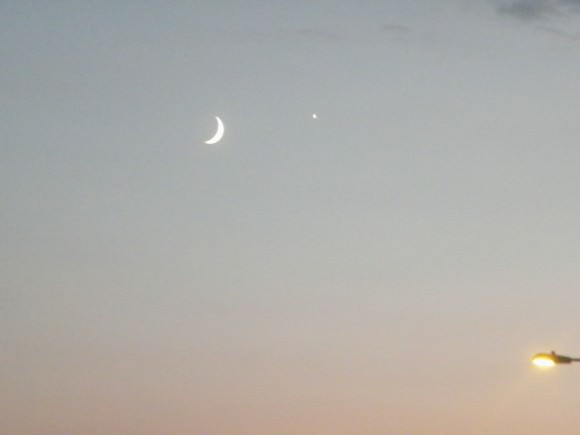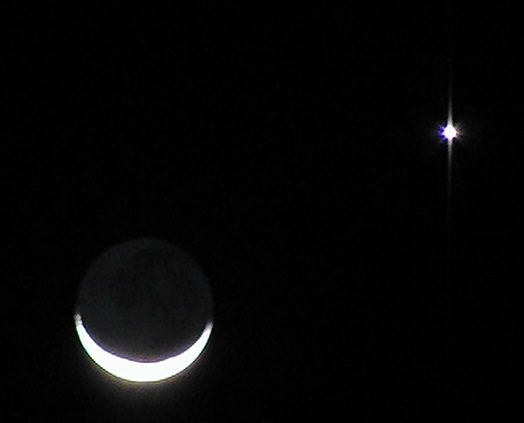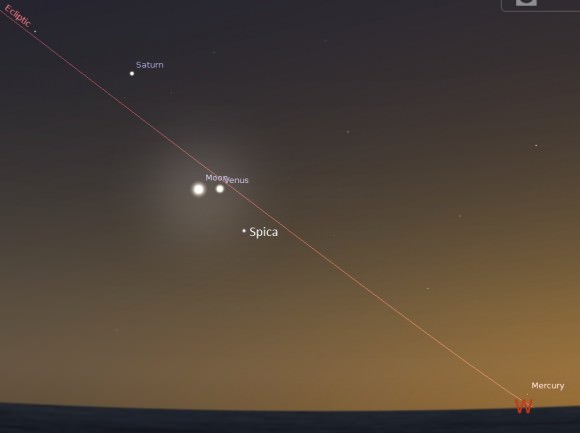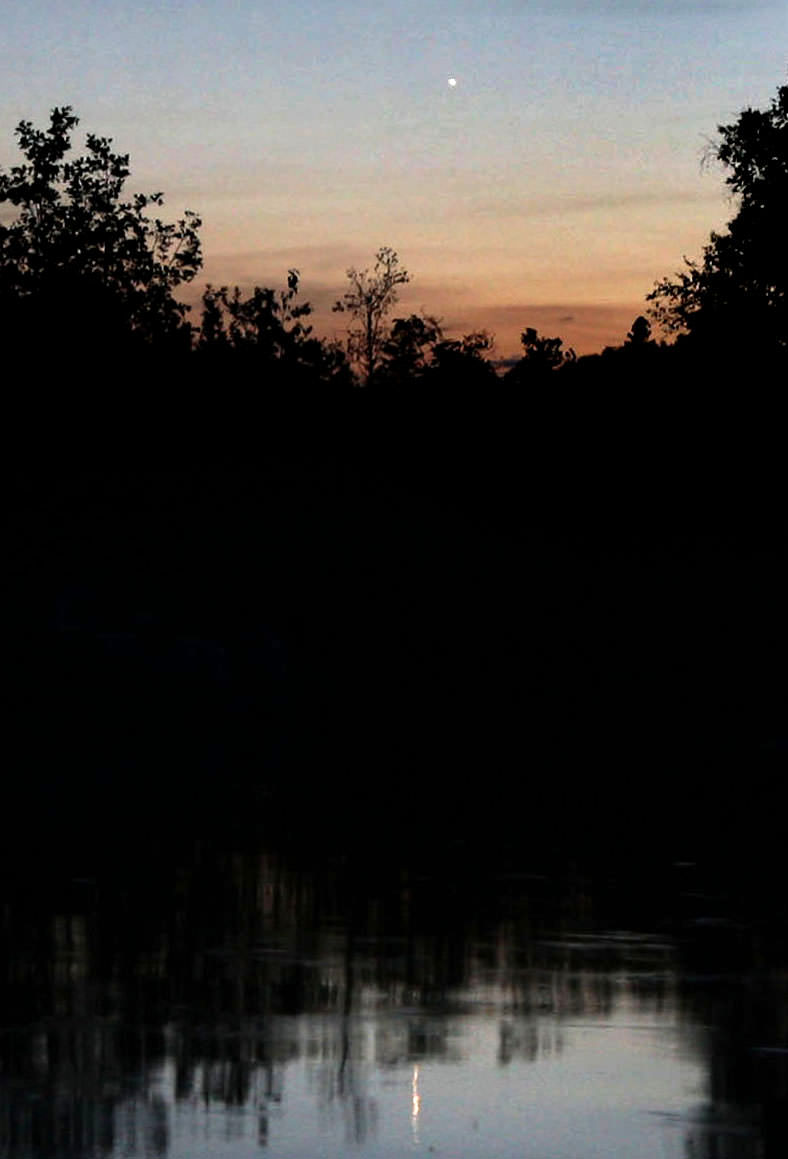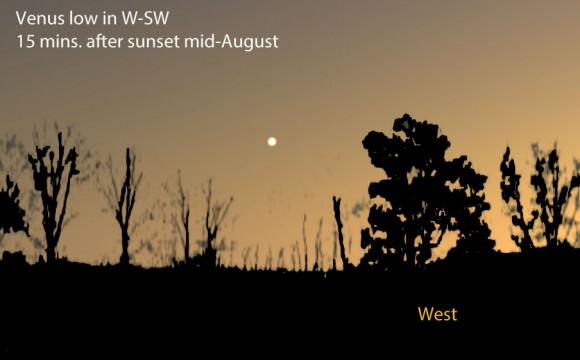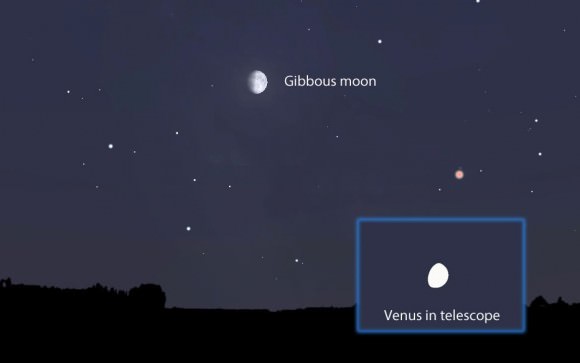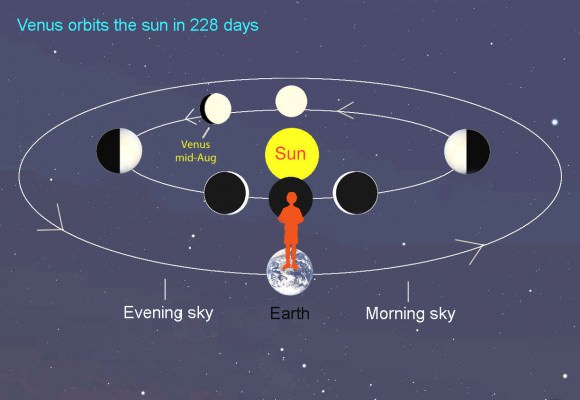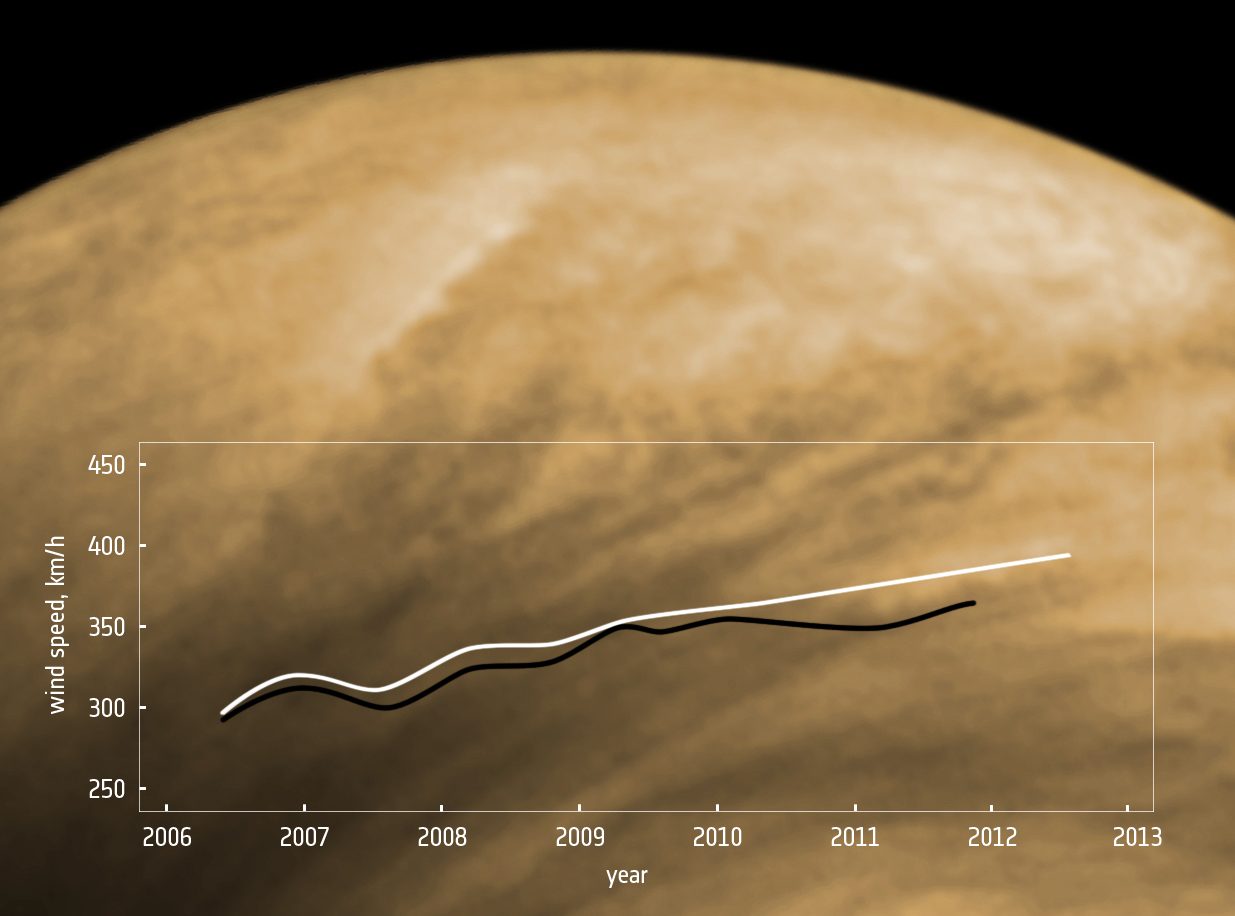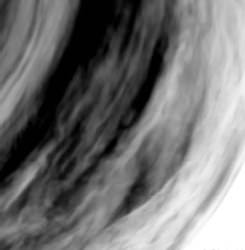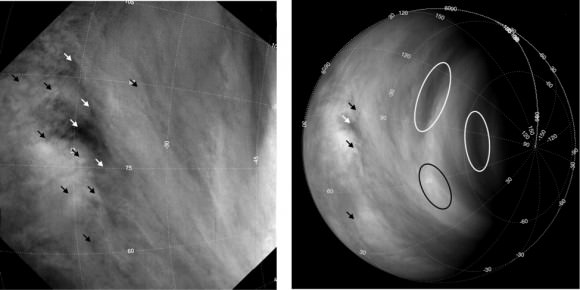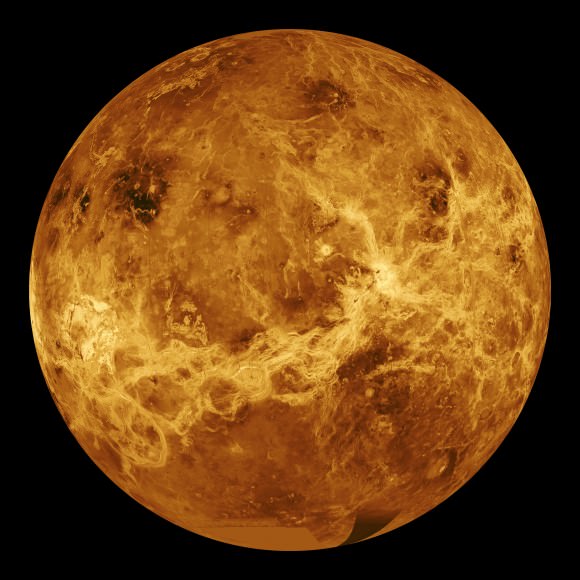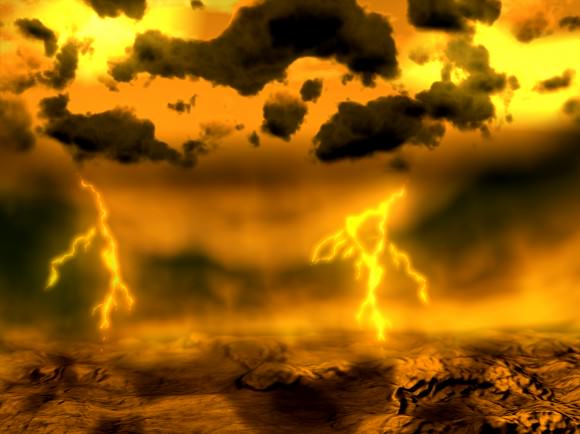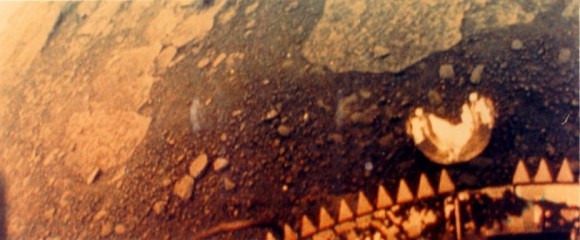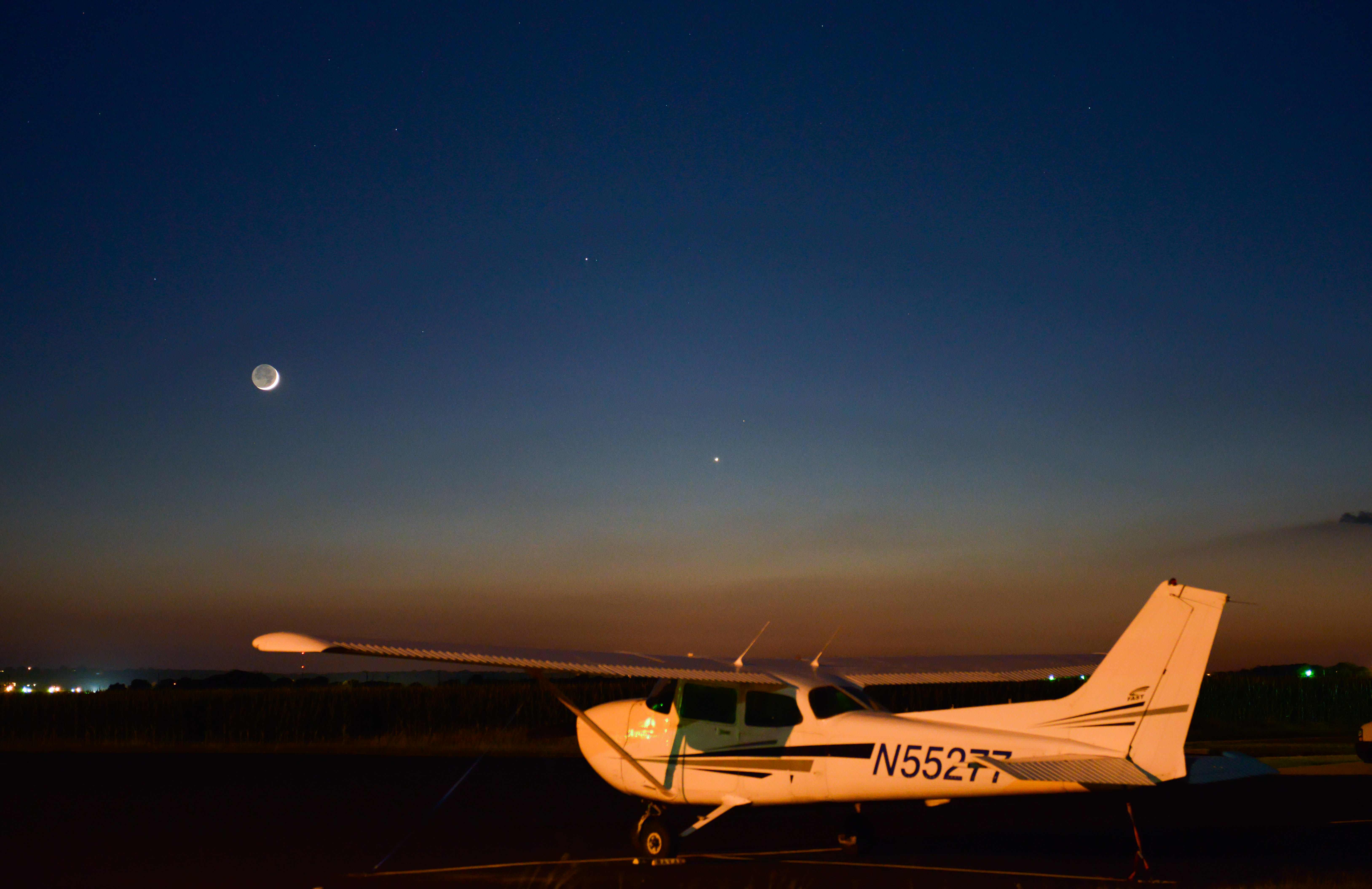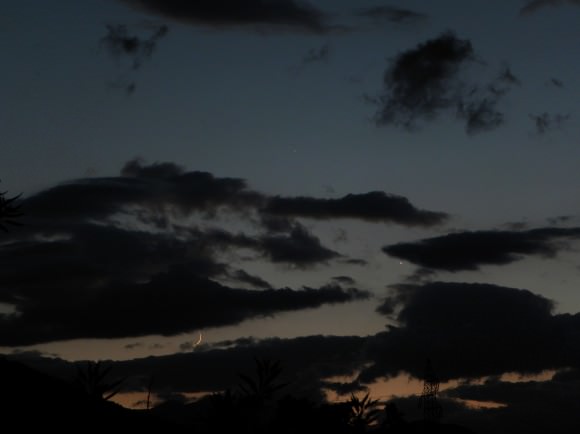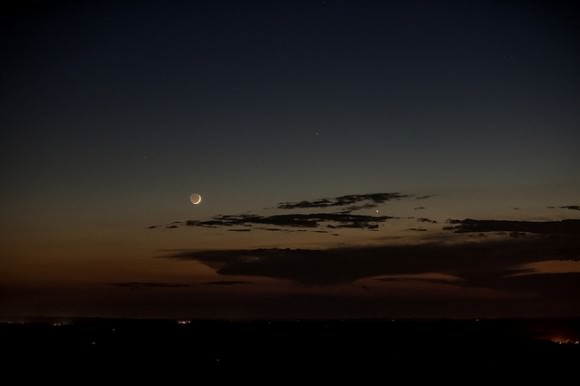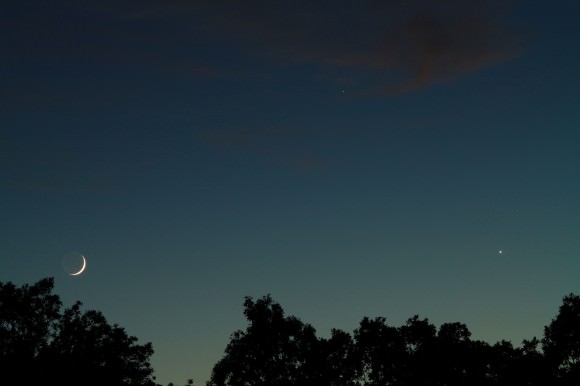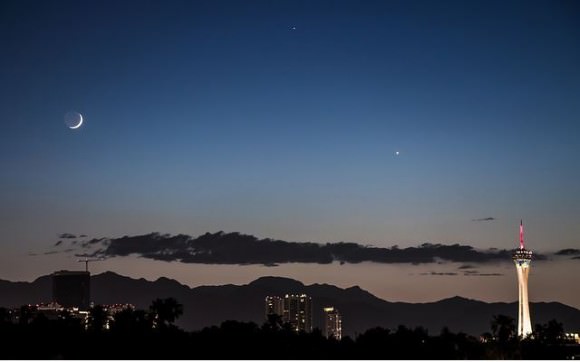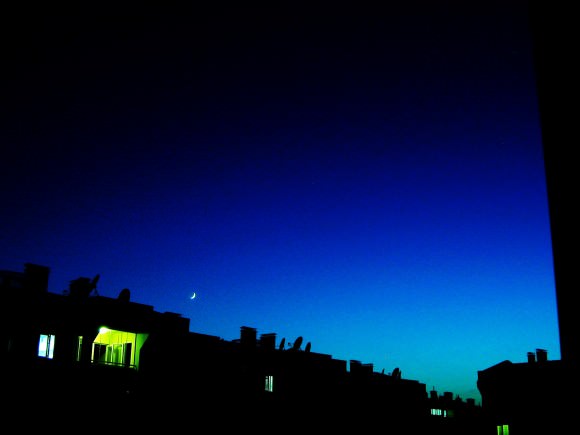We enjoy the light from the Sun during the day, and then the comforting glow of the Moon at night. But the light coming from the Moon is an illusion. As you know, you’re actually seeing the reflected light from the Sun, bouncing off the Moon which acts like a mirror. A really terrible mirror.
When astronauts walked on the surface, they reported that it was dark grey, the color of pavement. Because of its dark color and bumpy surface, it only reflects about 12% of the light that hits it. Additionally, the amount of light we get from the Moon depends on the point of its orbit.
During its first and last quarters, the Moon is half illuminated, but it’s only 8% as bright when it’s full. Just imagine the surface when its only partly illuminated. With the Sun at a steep angle, the mountains cast long shadows. This makes the lunar surface much darker than when it’s directly illuminated.
During the full Moon, it’s so bright that it obscures fainter objects in the night sky. Many astronomers put their telescopes away during this phase, and wait for it to go away. When the Moon is highly illuminated, it reflects so much light we can even see it during the day.
[/caption]
The brightness of the daytime sky completely washes out the light from the stars, but the Moon is even brighter, and so we can can see it in the sky during the day. The Moon follows an elliptical orbit around the Earth, changing its distance and brightness quite a bit. When it is at its closest point, and it’s full, this is known as a supermoon. This Moon can be 20% brighter than normal.
You’ve probably experienced how the Moon can cast shadows. In fact, there are three objects in the sky that can cast shadows. The Sun, of course, the Moon… and Venus.
Venus is the next brightest object in the sky, after the Moon. It reflects 65% of the sunlight that hits it. Every few months, Venus reaches its brightest time – that’s when you can see your shadow. On a night with no Moon, head far away from city lights. Let your eyes adjust and watch as your hand casts a shadow on a white piece of paper, illuminated only by Venus.
One last thought on reflected light.We talked about how bad a mirror the Moon is, reflecting only 12% of the light that hits it. That’s nothing. Saturn’s moon Enceladus, on the other hand, reflects about 99% of the light that falls on it. If astronauts ever get the chance to walk on the surface of Enceladus, it’ll feel like freshly fallen snow.
We have written many articles about the Moon for Universe Today. Here are some interesting facts about the Moon, and here are some Earth and Moon photos.
If you’d like more info on the Moon, check out NASA’s Solar System Exploration Guide on the Moon, and here’s a link to NASA’s Lunar and Planetary Science page.
We’ve also recorded an entire episode of Astronomy Cast all about the Moon. Listen here, Episode 113: The Moon, Part 1.
References:
http://lunarscience.nasa.gov/kids/moonshine
http://www-istp.gsfc.nasa.gov/stargaze/Smoon.htm


